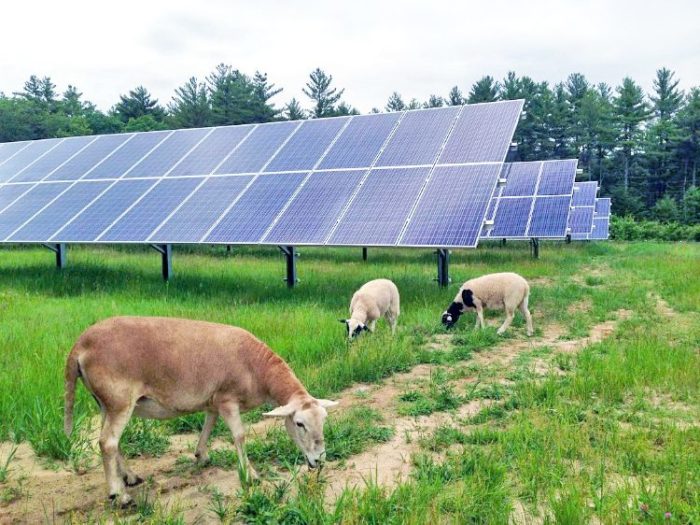
Businesses and farmers deciding to install a solar energy system need to consider several factors before committing. While solar energy is good for the environment and helps reduce overall electricity costs, it requires a substantial amount of investment up front to get the whole system. Solar panels, solar batteries, solar inverters, and solar charge controller prices can be too much for some people.
This makes it important to accurately calculate the payback and return on investment for a solar energy system so that you don’t end up losing money in the long run. While there are several factors and formulas that you can use to find out the actual ROI of your investment, it is important to note that the final timeline and pricing can change as per your location, the brand you choose, as well as governmental rebates, if any, for solar energy systems.
What is the Payback and Return on Investment (ROI) of a Solar Energy System
In simple terms, the payback period of a solar energy system is the amount of time it would take to return the total investment you made initially in installing the system. For instance, if you installed a brand new solar energy system for your farm for $500 and it produces savings of $100 annually on electricity bills, then the payback period will be 5 years. From the sixth year, whatever savings the system does, will be counted as a profit as you have recovered your initial investment already.
Similarly, the ROI refers to the returns your solar energy system will produce in its entire lifetime. If you use it for 25 years, then whatever savings the system produces after the payback period is the return on your investment. And unlike other investments people make, this has much more security of being profitable as the sun will shine forever and is not dependent on how the market reacts.
Factors Affecting the ROI and Payback
- Current Energy Consumption and Spend
Before calculating how much you can save using a solar energy system, it is important to find out how much you are spending right now. You can consult with a solar panel organization to help you analyze how much energy is your business or farm consuming per month. This is an important metric as solar energy systems can offset only a certain amount of your total energy requirement based on how big a system you are installing.
By analysing your total energy spending and savings from the solar system, you can get an accurate prediction of how long the payback period will be. The consulting company can also specify energy-saving measures to save money apart from the solar panel.
- How Much Energy your Solar Energy System Generates
The greater the amount of energy your solar installation produces, the greater will be your overall savings and returns. The savings depend on how much energy can your solar panel system offset from the main power grid. And the amount of energy the system produces depends on how much coverage it has, how much direct sunlight it receives, quality of installation, and other factors.
The more area your solar panel will cover, the more sunlight it will receive and subsequently the more electricity it will produce. There are several solar panel installation companies that can customize the system design based on your energy usage, site availability, monthly energy bill and more.
- Cost of Solar Panel Installation
Low solar panel cost, solar charge controller price, equipment installation cost, and labour cost can reflect higher savings. Businesses and farms can get several incentives from the state and central government as well that further drive the price down. It is advised to browse different plans and pricing to get the best deal possible for solar panel installation.
How To Calculate Solar Payback Formula
There is a simple formula that enables you to calculate the payback period of your solar panel installation. The formula requires you to know the total system installation cost, incentives, the electricity cost from your service provider and total electricity usage. If you receive a monthly usage bill, multiple it with 12 to get a full year’s worth.
Here is the formula:
(Total System Cost – Value of Incentives) / Electricity cost / Annual Electricity Usage = Payback Period
How to Calculate ROI of Solar Installation
The formula to calculate the ROI is very simple. You just need to divide the lifetime cost of installing solar panels from the lifetime cost of electricity from the utility.
The lifetime cost of electricity from the utility – Lifetime cost of solar = Solar ROI
Here’s how you can calculate the lifetime cost of electricity:
Cost of electricity per kWh X Monthly kWh usage X 12 months X 25 years.
Conclusion
After calculating the payback period and ROI, it comes down to deciding whether installing a solar system for agriculture or business is worth it or not. Keep in mind that the solar panel, inverter, battery, and solar charge controller price differs for different brands so the payback period and ROI will be different for different vendors.






